Lotus Eletre is a high-tech, aerodynamic 560 kW hyper SUV
After much anticipation and an accidental leak, the spectacular Lotus Eletre has been unveiled during a swanky affair at the BBC Television Centre in London.
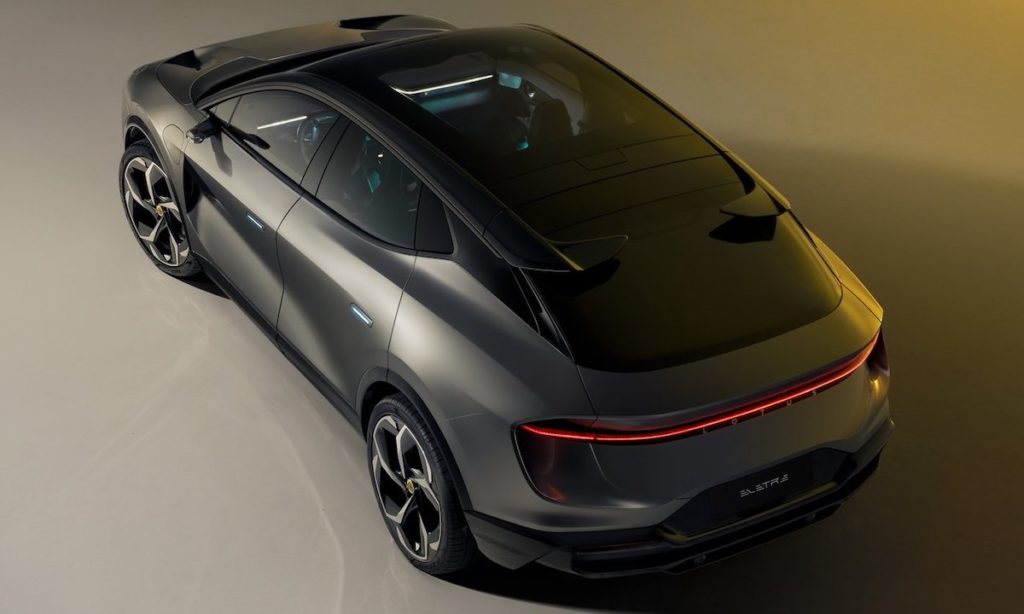
Just a day before the official event, Lotus announced that their first-ever SUV, and what they are calling the first-ever hyper SUV, would be called the Lotus Eletre. This in keeping with a long line of Lotus models’ names beginning with the letter E, the first being the Lotus Eleven of 1956, their first production car. Lotus’ history in interpretive dance and a showcase of historic models from the brand’s illustrious history kept those in attendance and the 4 000-odd online viewers enthralled before the veil was lifted on the Lotus Eletre which has been floating down the River Thames for the past day or so, or at least a box with it’s name on it.

Lotus’ charismatic and incredibly clever founder, Colin Chapman, was full of wisdom, ‘Simplify, then add lightness’ perhaps being his best-known mantra. An interesting one, then, when one considers that EV’s are generally the antithesis of that – complicated and heavy. Speaking of that complexity, Eletre is a whole bunch of firsts; the first Lotus in their 74-year history to have four doors, the first SUV for the brand and the first world’s first instance of LIDAR for level four autonomy.
Numerous comments sections on a number of platforms are alight with grumbly anorak’s fighting the fight which they believe Chapman himself would be fighting were he alive, but one might suspect that Lotus’ trajectory, as well as their product roadmap, is likely something that Colin would have admired. Lotus Eletre is pragmatic and necessary in order to keep Lotus alive, much in the same way that the Cayenne and subsequent Macan saved Porsche. Chapman was a shrewd businessman first and foremost, and he generally had his finger on the pulse -= he most certainly wouldn’t have risked the company’s future for the sake of nostalgia.
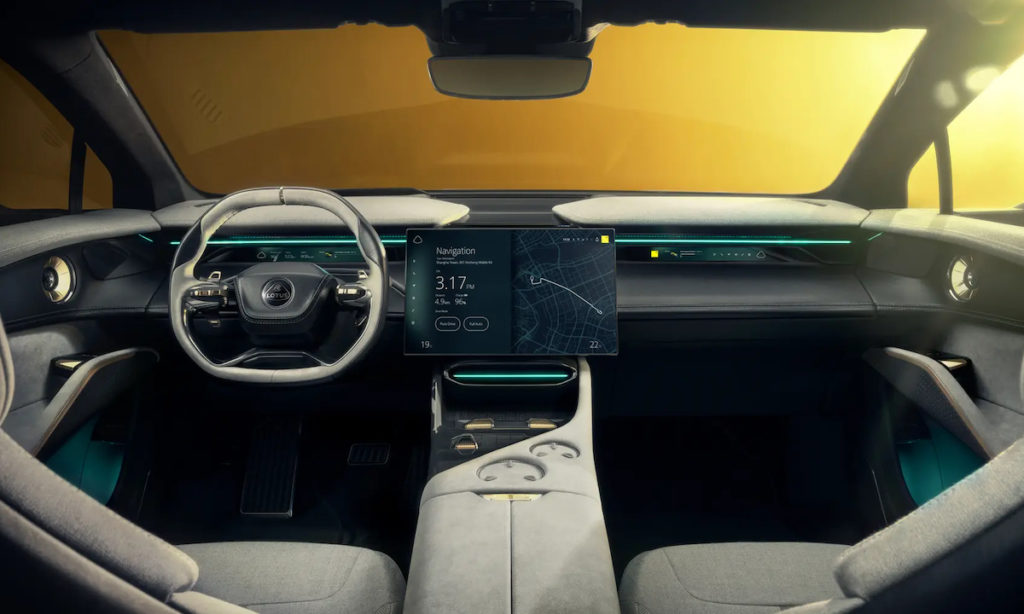
Turning our focus to the actual Lotus Eletre, its the first in Lotus’ new range of premium lifestyle electric performance vehicles which are to be built at an all new and state-of-the-art production facility in a place called Wuhan, China. Perhaps not on your radar until a few years ago, the city of 11-million people is where parent company Geely has decided that this new range of vehicles will be manufactured.
Lotus’ PR team will be quick to throw the ‘born British, raised globally’ bit at us, which is a nice way of saying, “its still English but we’re building it elsewhere with foreign components.” That’s probably a good thing, though. DB9’s had Mondeo indicator stalks on them – not exactly the British engineering we were all hankering after. China are lightyears ahead of everyone else in battery technology, Sweden (Volvo is a part of Geely, too) do the safety stuff and Germany hash out the hard- and software. The team in rainy Hethel and Coventry then manage the chassis tuning and design work, and the fact that Lotus is now able to reach out to any of these outposts for input sounds like a rather fine recipe for some properly good products.
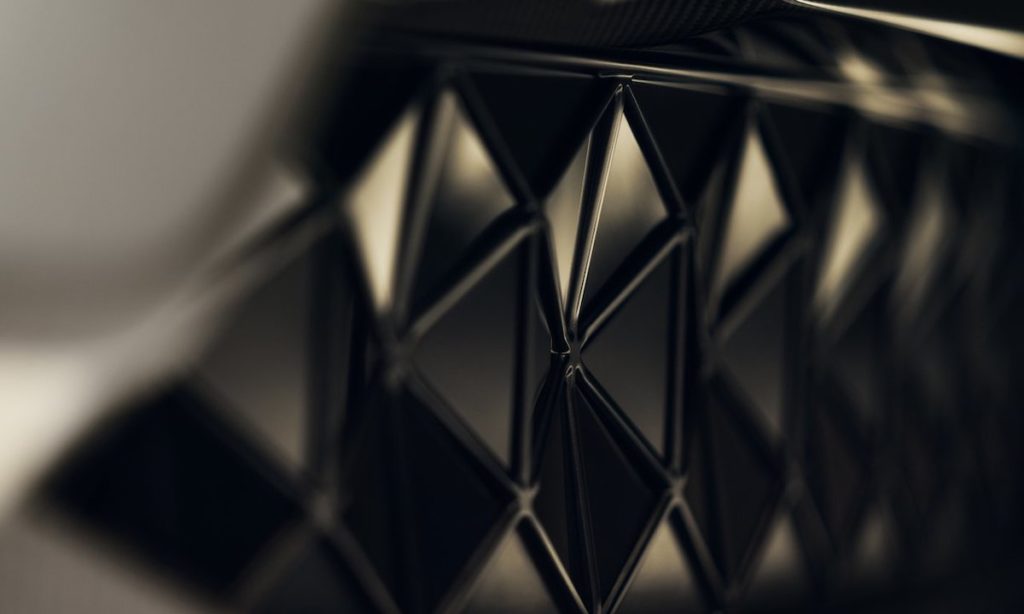
Aerodynamically, Lotus Eletre is the most advanced SUV in the world and it achieves this by means of myriad active and passive devices. Negative spaces and strategically placed holes follow on from Emira and Evija, something which Lotus calls porosity. This is used not only to help the car cleave its way through the air and in the case of an EV optimise its range, but also for cooling and optimising air flow under, around and through the vehicle’s body. Eletre offers a ‘salute’ as the driver approaches, the active front aero slats giving a show of ‘breathing’ and the flush door handles coming into view. Using ultra wide-band (UWB) technology, Eletre recognises the driver and automatically sets all the required preferences from information stores in an app as opposed to a traditional car key.

In terms of the interior, Lotuses of yore were light because they essentially featured a tartan seat or two and some vital controls. As you can imagine, that approach might not work for a luxury SUV. Pared away surfaces provide an illusion of lightness and interestingly, inspiration was even drawn from the floating dashboard wingtips and shrink-wrapped elements of the ’70s Esprit’s interior. As one might expect from an all-new EV, screens galore and clever lighting dominate the cabin, the 15,1-inch OLED touchscreen featuring the same tech as the new Mercedes-Benz S-Class.
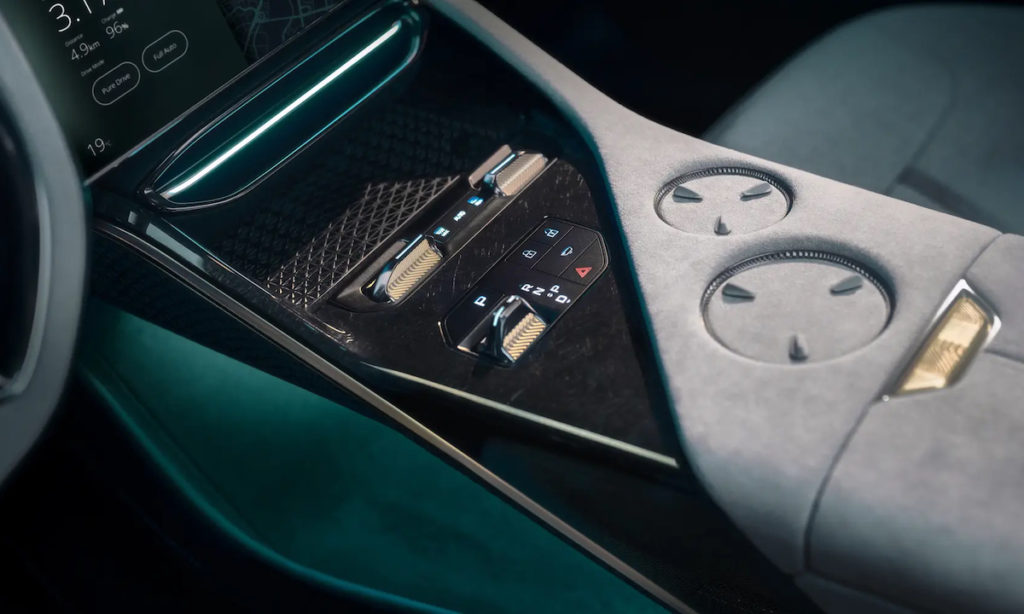
There is also an emphasis on recycled materials such as carbon fibre and the upholstery of the exquisitely sculpted seats. Artificial microfibres and a deliberate shift away from plastic switchgear where possible result in what appears to be a very tactile and high-quality environment.
Over the air updates will ensure that all of the tech is constantly fresh and the 1 500-watt, 23-speaker audio system replete with snazzy partially exposed speakers is supplied by British audio specialists KEF. Configuration-wise, limo-ish seating for four or space for five can be optioned, all under a vast panoramic roof. Lotus has promised 0-100 km/h in less than three-seconds and 800 V charging. A power output hasn’t been confirmed, but rumours of over 560 kW have been thrown around. The suspension setup is a five-link job a the rear and continuously damped air suspension as well as the now ubiquitous 48v anti-roll system will help keep the over 2-tonne SUV’s handling in check. Optional toque vectoring and active rear axle steering are available too and all models will feature four drive modes: Range, Tour, Off-Road and Individual.
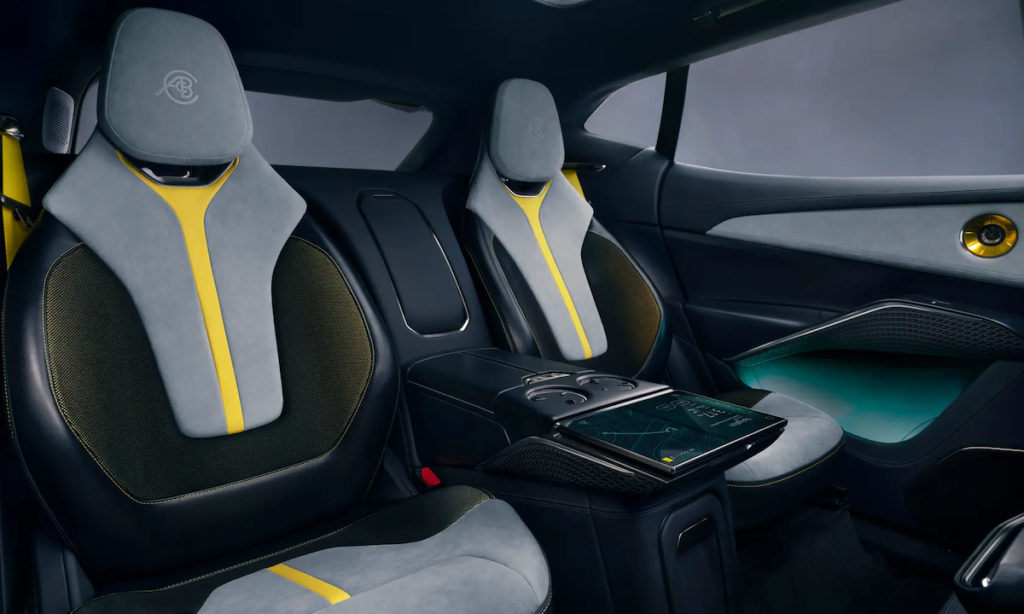
As the sole importers of Lotus in South Africa, Daytona will almost certainly be responsible for the Eletre gracing our shores, however there’s no word yet on production timelines or the opening of order books.
The post Lotus Eletre is a high-tech, aerodynamic 560 kW hyper SUV appeared first on CAR Magazine.
The Car Guide
Comments
Post a Comment